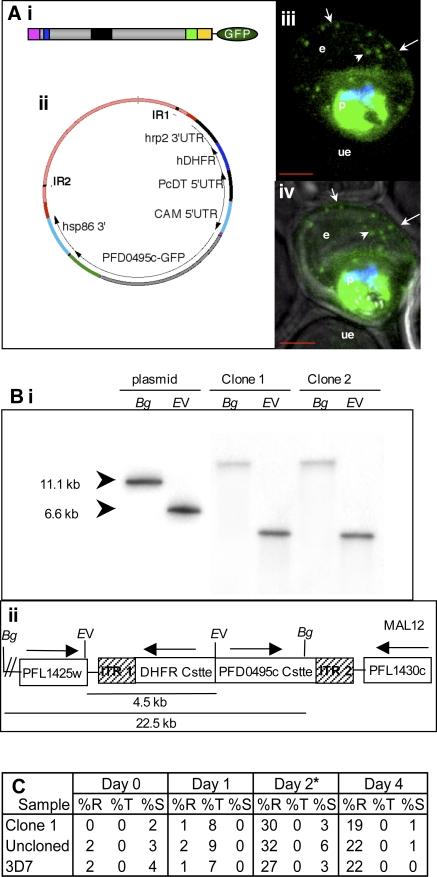Figure 2. PFD0495c is exported to the erythrocyte.
(A) Export of pfd0495c-gfp expressed as a transgene inserted into the P. falciparum chromosome using piggyBac. (Ai) C-terminal position of GFP tag and schematic of PFD0495c (ER type signal sequence (pink); host targeting motif (blue); variant repeat sequence (black); predicted transmembrane domain (green); C-terminus (yellow)). (Aii) piggyBac plasmid used for transfection. (Aiii) fluorescence image of pfd0495c-gfp expressing parasites (Aiv) fluorescence and DIC image showing export of PDF0495c chimera to the erythrocyte (e) periphery (arrow) and intraerythrocytic spots (arrowhead). (B) Site of insertion of pfd0495c-gfp into P. falciparum chromosome 12. (Bi) Southern analysis of clone 1 shows a single insertion in the genome with no evidence of episomes. Genomic DNA (2 µg) from two independent clones (1 and 2) and control plasmid DNA were digested with either BglII or EcoRV and probed with hdhfr coding sequence. (Bii) Insertion of the expression cassette within the piggyBac Inverted Terminal Repeats occurred in chromosome 12 between loci PFL1425w (T complex protein) and PFL1430c (hypothetical protein) as determined by PCR. It is remains unknown whether this is the preferred insertion site. We do not expect this site of insertion to influence export. PFL1425w is expressed in the asexual stages but does not have a predicted ER-type signal sequence so would remain within the parasite cytosol. PFL1430c is expressed in the sexual stages and to a lesser extent in asexual stages. It does have a predicted ER-type signal sequence but no host-targeting motif, so it would not be exported beyond the PVM. (C) Growth of clone 1, uncloned population, and 3D7 parasites over 4 days. Percoll purified schizonts were seeded at 2–4% schizonts in 2% hematocrit. Duplicate cultures were monitored by Giemsa-stained smears for two cycles of growth. *At Day 2, all lines were sub-cultured to 3% late rings, which matured to 3% trophs/schizonts on Day 3 and indicated parasitemia on Day 4. Counts are from duplicate experiments. Error is 10%.

